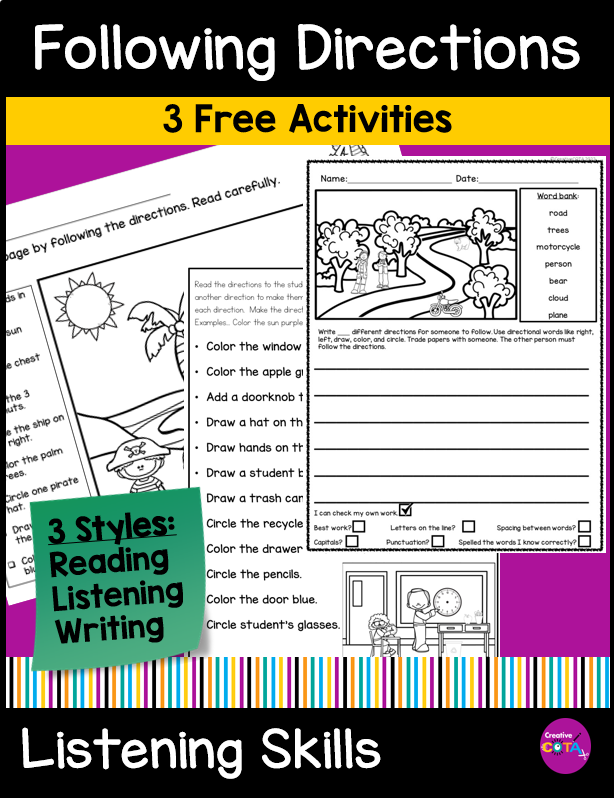
Are you a classroom teacher or an occupational therapist seeking innovative ways to captivate your students’ attention and promote interactive learning? Look no further than the versatile world of “Would You Rather” activities! These engaging resources aren’t just about dilemmas; it’s a powerful tools that can energize your classroom and facilitate skill development in various domains. Let’s explore how you can use “Would You Rather” activities to foster engagement and creativity in your classroom or therapy sessions.
1. Stimulate Critical Thinking and Discussion
“Would You Rather” prompts present students with thought-provoking dilemmas that encourage critical thinking and decision-making skills. Use these prompts as discussion starters to initiate meaningful conversations among students. Encourage them to articulate their reasoning behind their choices, fostering communication skills and promoting respect for diverse perspectives.
2. Foster Language Development
Language-building activities are integral to every classroom setting. By incorporating “Would You Rather” prompts, you can create opportunities for students to express themselves verbally and in writing. Encourage descriptive language, vocabulary expansion, and fluency as students engage in lively debates or articulate their preferences through expressive responses.
3. Promote Gross Motor Skills
For occupational therapists, integrating gross motor components into “Would You Rather” activities can be immensely beneficial. Pair each dilemma with a corresponding physical activity or exercise, turning decision-making into an opportunity for gross motor skill development. Whether it’s jumping, stretching, or balancing, these activities promote physical engagement while reinforcing decision-making abilities.
4. Enhance Fine Motor Skills and Handwriting
Occupational therapy sessions can incorporate “Would You Rather” activities to target fine motor skills and handwriting proficiency. Provide students with writing prompts related to the dilemmas, encouraging them to express their preferences through written responses. This practice not only enhances fine motor control but also promotes cognitive processing and creativity.
5. Create Positive Morning Routines
Kickstart your mornings with positivity and enthusiasm by incorporating “Would You Rather” questions as part of your morning routine. Use these prompts to spark curiosity, set a positive tone for the day, and encourage students to start their day with critical thinking and decision-making skills.
6. Build a Dynamic Writing Center
Transform your writing center into a dynamic hub of creativity with “Would You Rather” prompts. Encourage independent writing skills by inviting students to respond to the dilemmas creatively. Provide writing pages alongside the prompts, allowing students to explore their thoughts and ideas freely while honing their writing abilities.
7. Integrate Technology for Interactive Polling
Take your “Would You Rather” activities to the digital realm by using interactive polling tools or classroom response systems. Engage students through online platforms where they can vote for their preferred options anonymously. This approach not only adds a modern twist to traditional activities but also encourages active participation and data analysis.
Check out these Would you Rather resources in my TpT store or a sample version in my Free Resource Library.





“Would You Rather” activities offer endless possibilities for classroom teachers and occupational therapists alike. From stimulating critical thinking and discussion to promoting physical engagement and fine motor skills development, these activities can revolutionize your teaching and therapy sessions. Embrace creativity, encourage exploration, and watch as your students thrive in an environment filled with engaging dilemmas and meaningful choices.
About the Author
I am a Certified Occupational Therapy Assistant (COTA) and have been working in a public school system for more than 25 years. My resources can be found on TPT, BOOM Learning, Made by Teachers, Classful, and Your Therapy Source. I appreciate your interest wherever you wish to shop.
My mission is to help you find creative ideas to incorporate fine motor, visual perception, gross motor, and social-emotional learning into your lessons.
I hope you consider signing up for my Free Resource Library with your Email. I send out emails about once a week and share resources, tips, and planning ideas for your classroom or occupational therapy needs. Hopefully, these help your students work on building their skills in a fun and engaging way.






